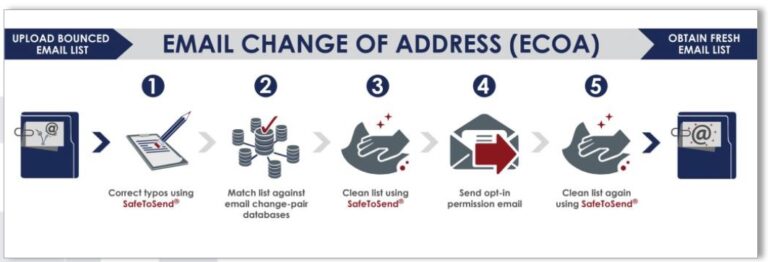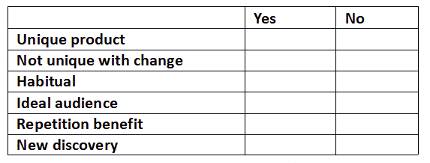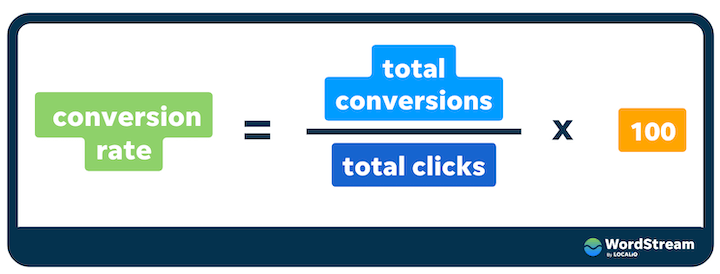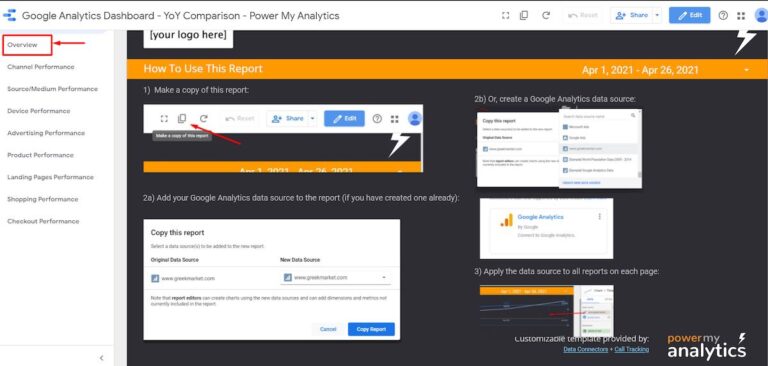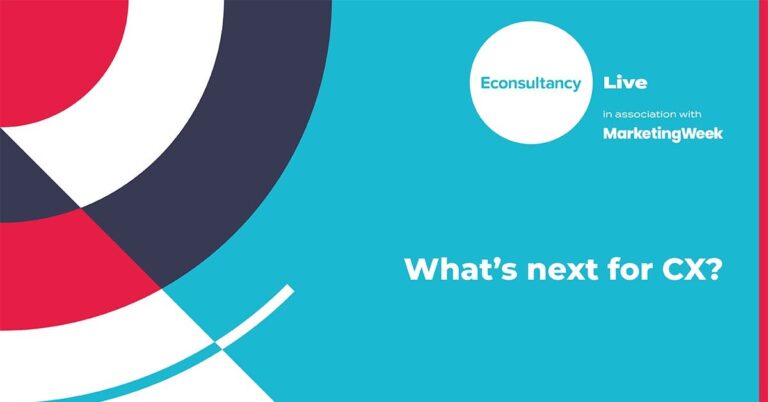“Download our free whitepaper.” What could possibly be on this whitepaper that is so valuable you couldn’t have just sent them to a blog page?
I completely understand that there are accounts looking for a specific type of user, and quantity is not the main goal. This could be for two reasons. First, you may have a very specific audience persona you need to target and you may be trying to save your sales team time by not having to sort through a ton of junk leads. Second, you may want your leads to be better segmented to better help your marketing strategies further down the funnel. If this is the case for your goals, consider adding custom questions to your forms.
While I do not expect the outcome to be as disastrous as everyone freaking out on Twitter speculating, I cannot deny that targeting options are going to be impacted with third-party cookies starting to go away. Because of this, I recommend starting testing out new channels (if they seem like a good fit) to have more ways to reach users. Each ad platform has a few targeting options that are unique. With the different types of targeting options, we can try to find new users willing to come to our websites and give us their information.
2. Use custom questions to pre-qualify or better segment users
“Get a free demo!” Why should they?
3. Test out more channels and more mediums
Lead gen forms are not just for B2B accounts
I am currently running several lead gen campaigns for a few ecommerce accounts with the goal to collect as many users as possible for their email campaigns. We are doing this because we know that their email marketing campaigns have the highest conversion rates and provide a very high return on investment. For these accounts, the clients have a goal of quantity,
“Sign up for our free webinar this Thursday.” What is so valuable about your webinar compared to the other 20 webinar promos they have seen this month?
As Facebook’s iOS 14 policies are starting to come into effect along with Google’s recent announcement on privacy updates, advertisers are realizing that the way we used to target and market users is going to change if it has not already. The details about what is changing can be found in the links above, and the ultimate impact is a bit of a wait-and-see game, but one thing we do know is that we will lose targeting options and third-party data points we have been using for several years.
If you want to start collecting more information from users, you are going to have to give them content they actually want. And this could take some time and some testing to find the perfect offer for whatever stage of the funnel the user belongs. For a company lacking brand awareness, you may have to spend some time building your brand into a trusted name people believe in or can relate with. Users are more willing to give their information or become involved with a brand they can believe in.
Be ready to adapt to a cookieless world
Within the next year, we know we can expect targeting and policies will change across many of the channels we use for advertising. The way we are used to advertising to users across these channels will not be the same, but adapting to change has always been a part of paid media. The sooner we embrace the change and adjust our strategies to be in compliance, the better off your accounts will be when policy changes are enforced. Here are the four adaptation strategies we discussed in this post:
- Utilize lead gen campaigns
- Use custom questions
- Test out other ad platforms
- Spend more time focusing on brand-building


